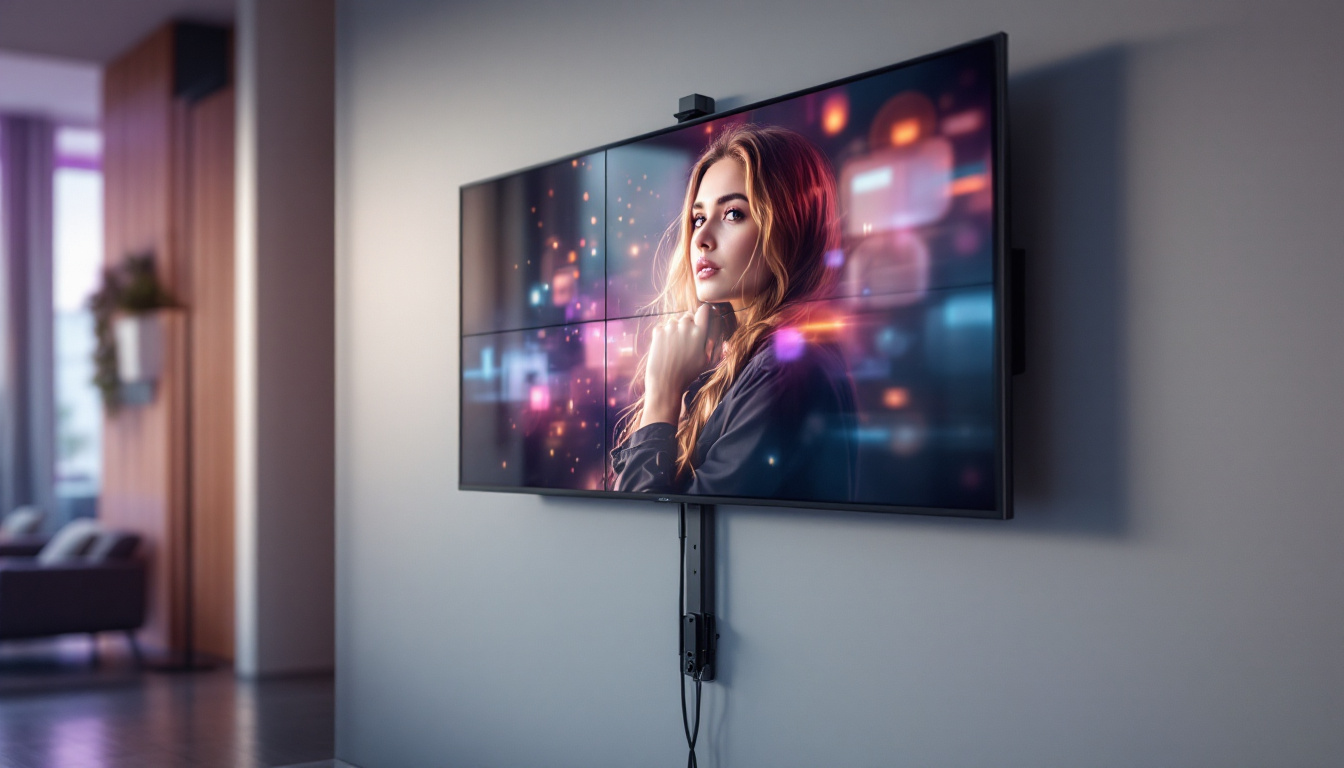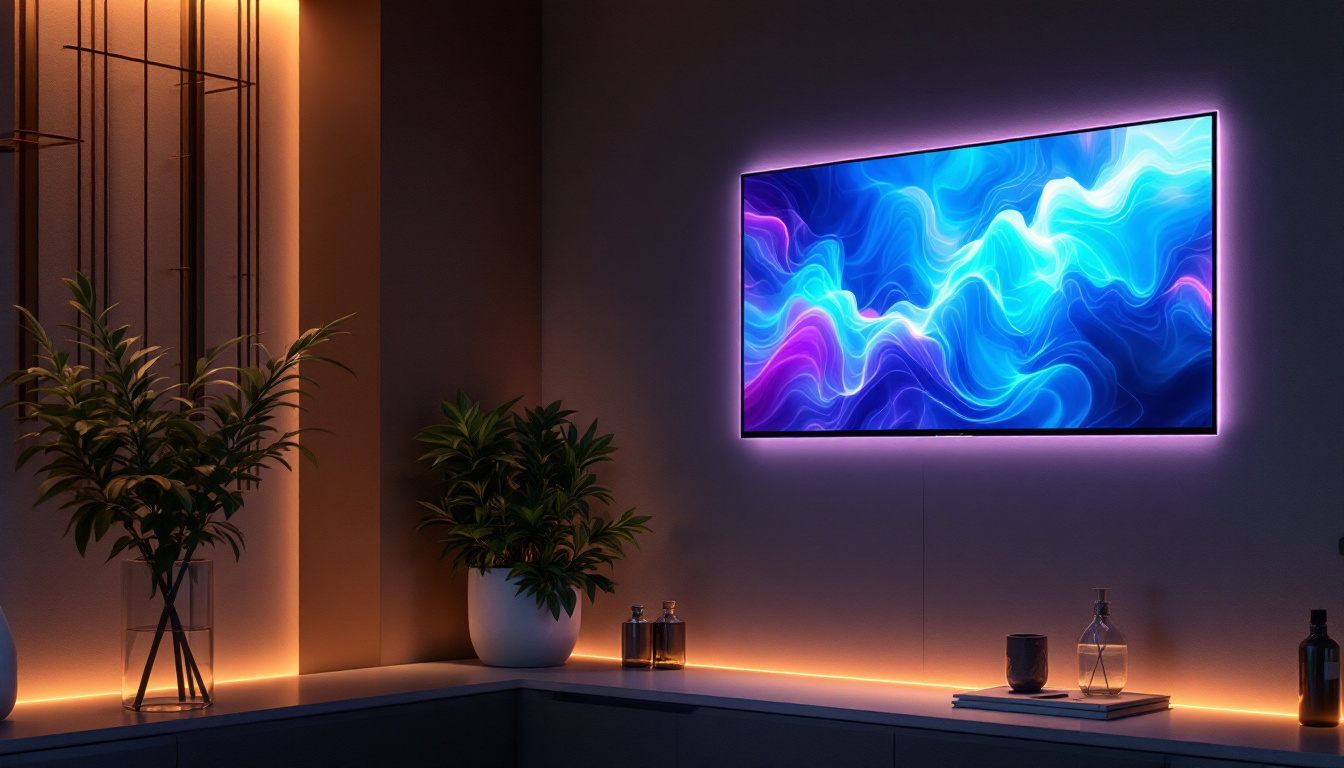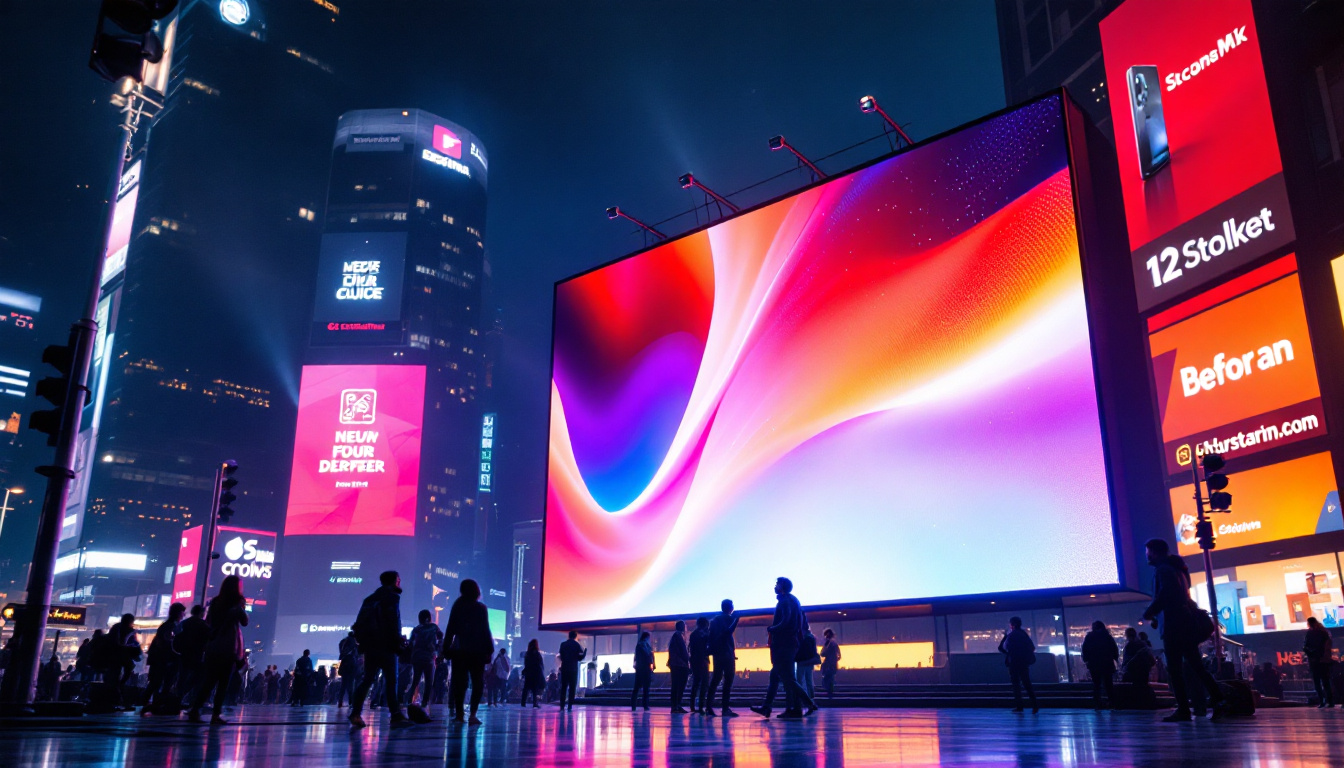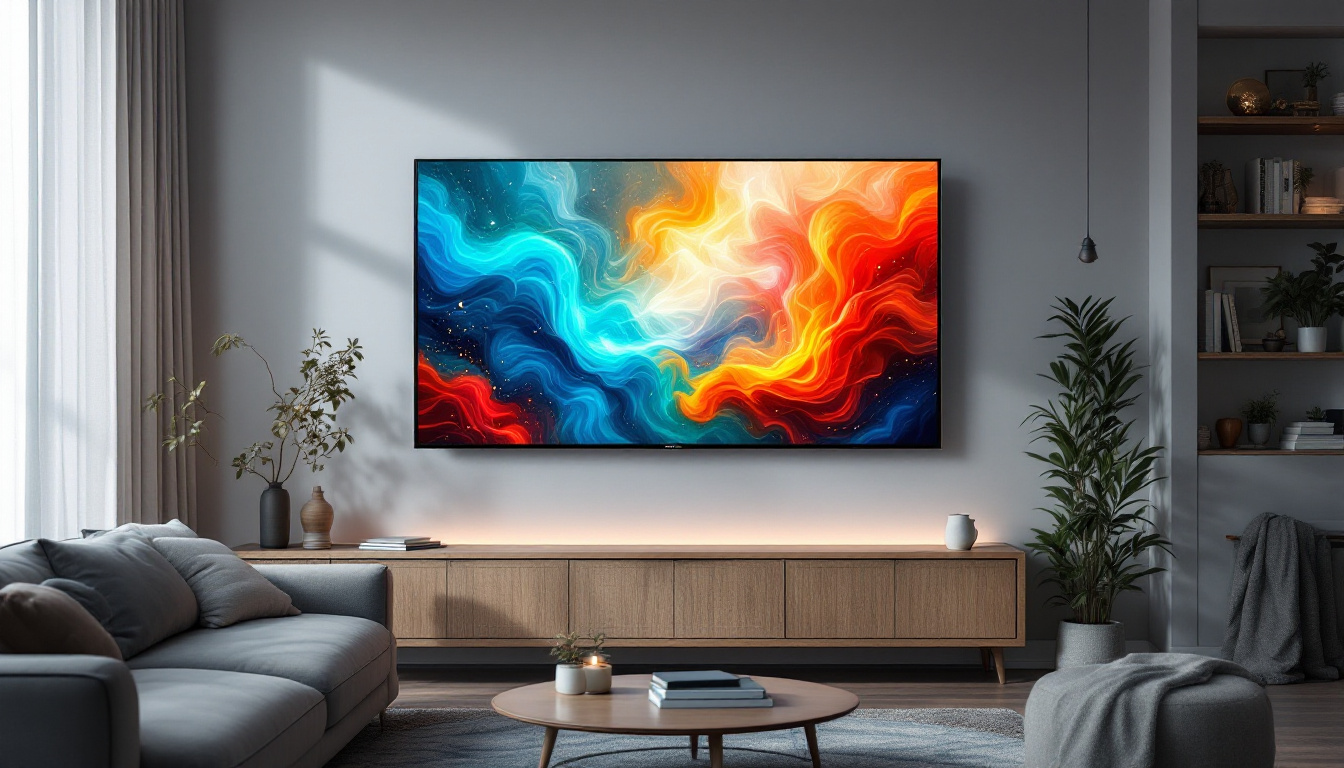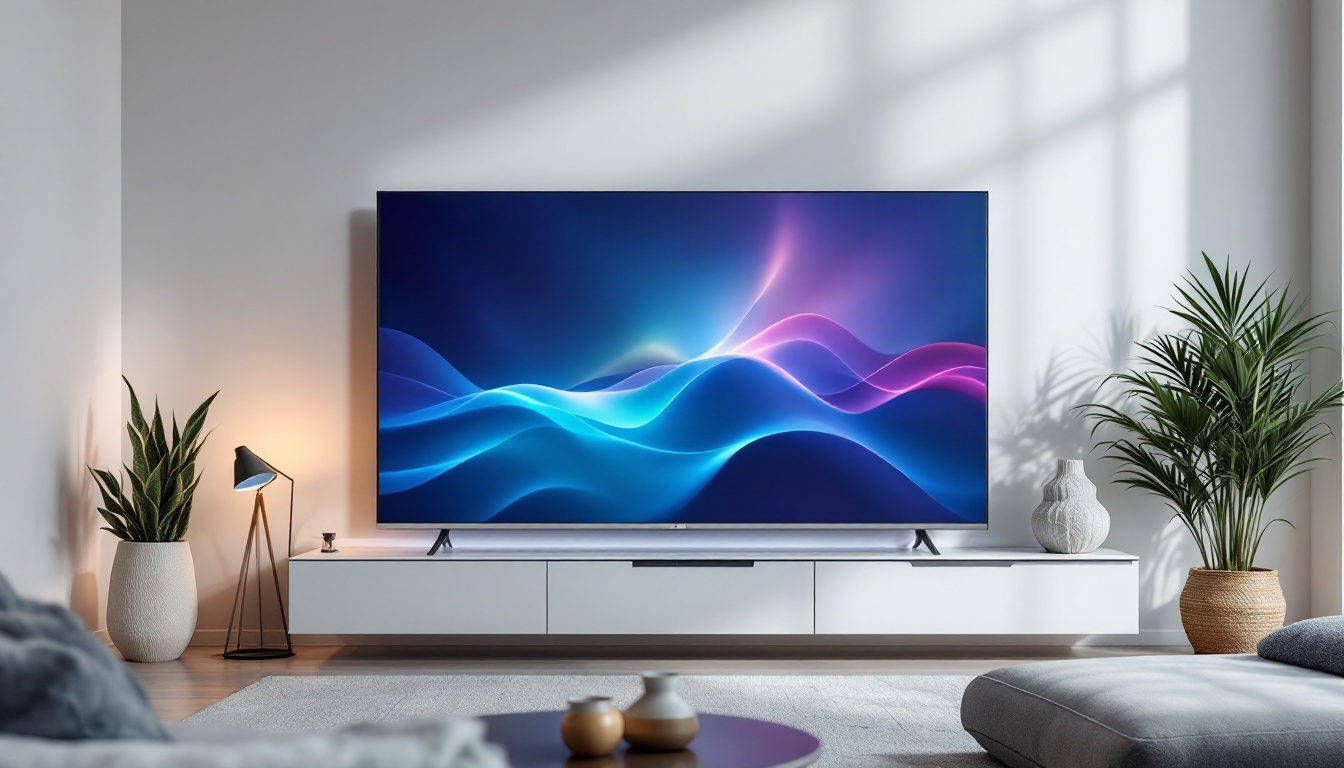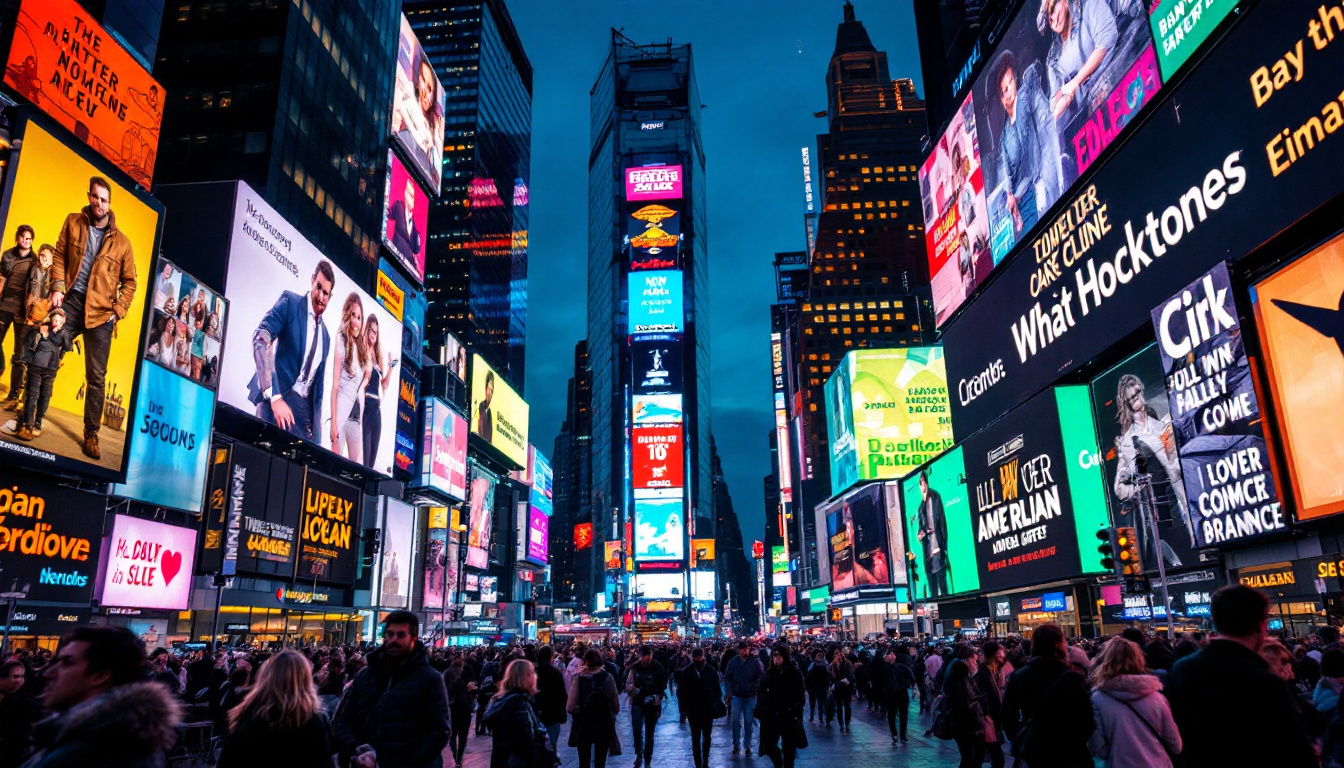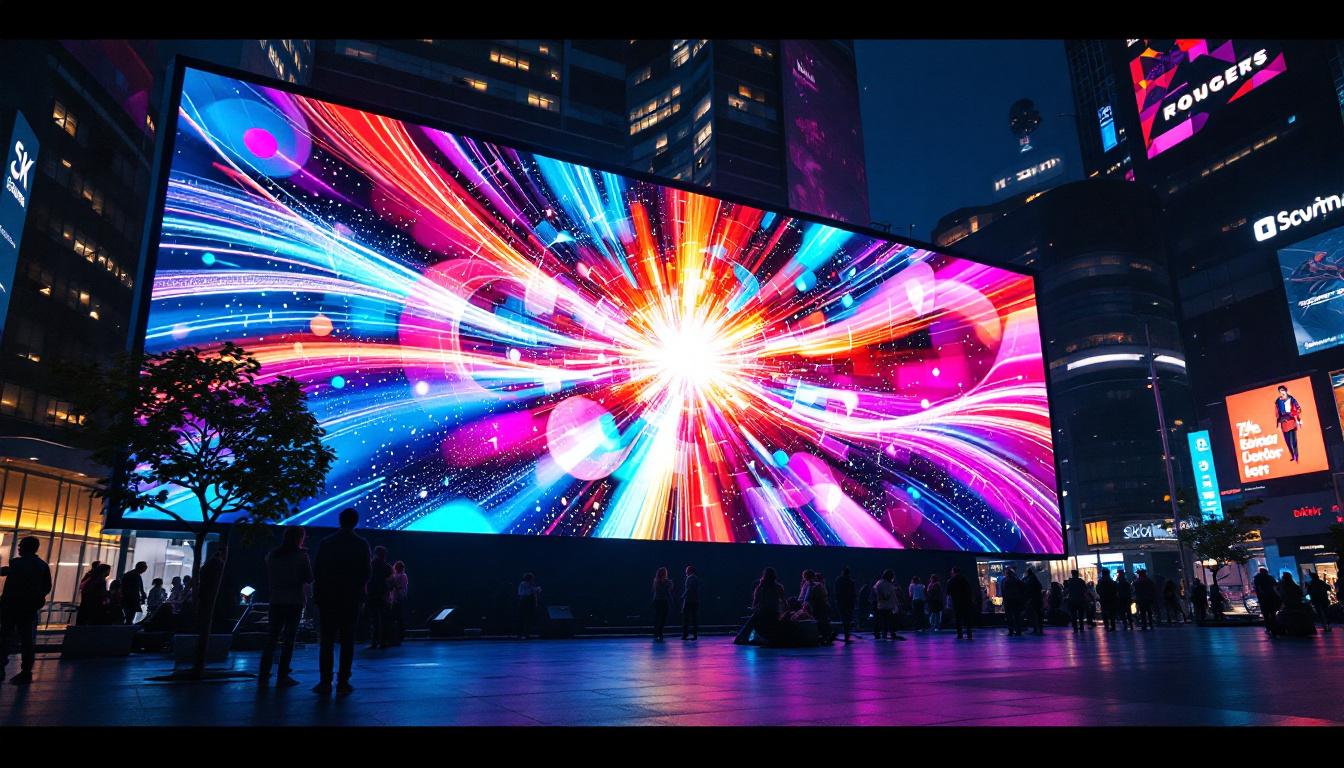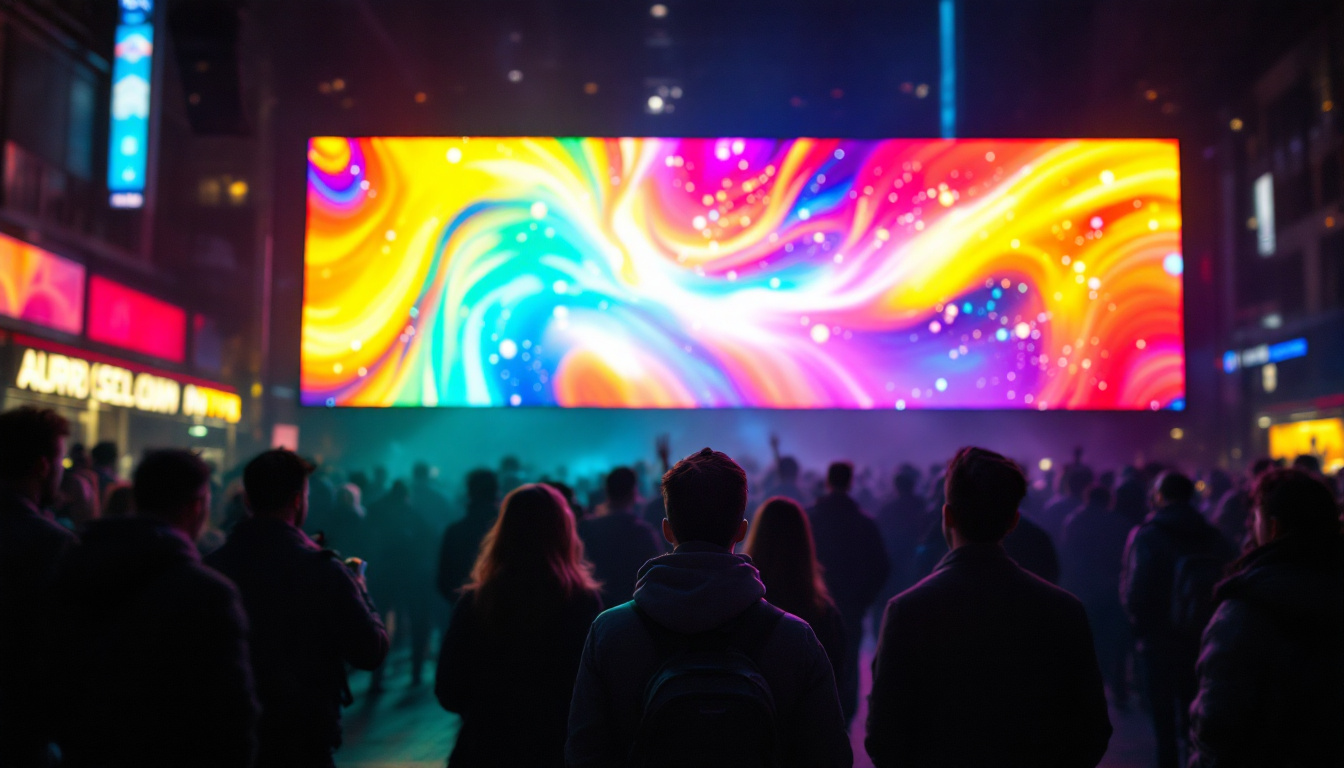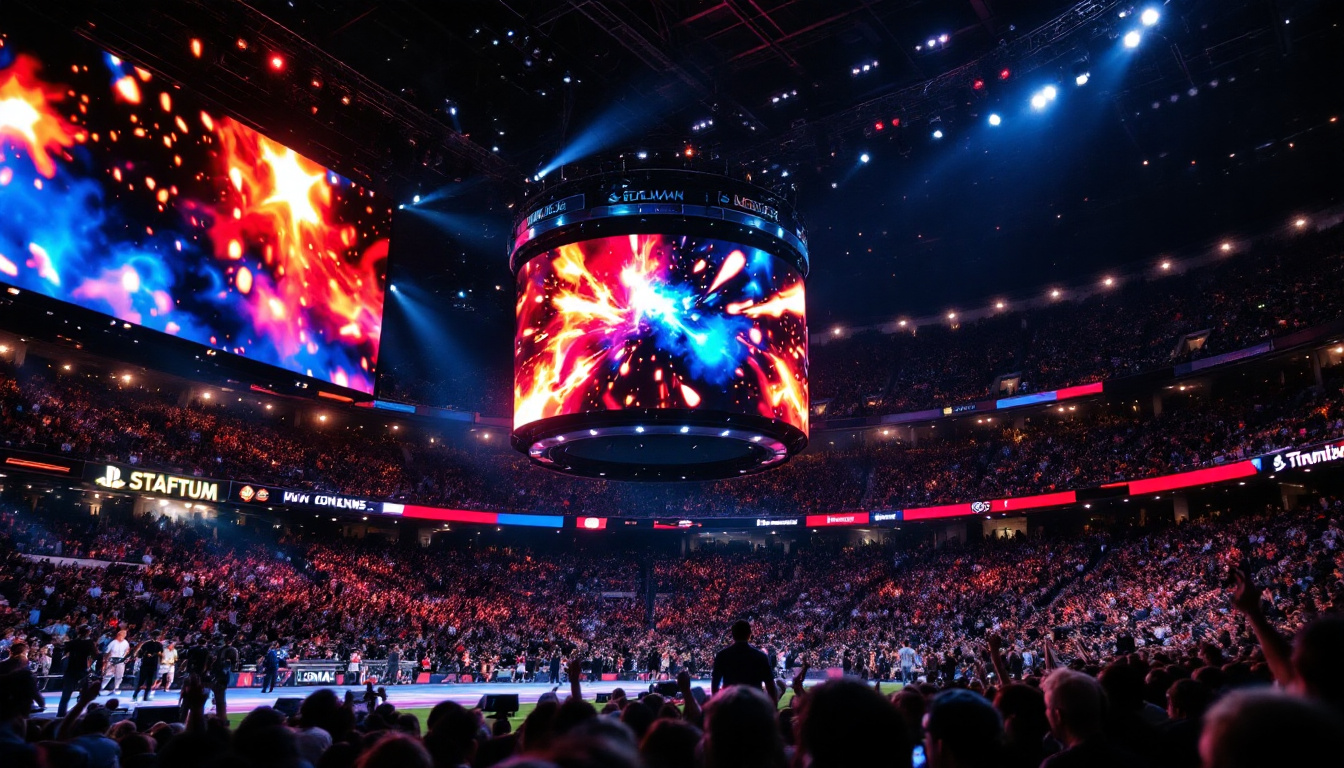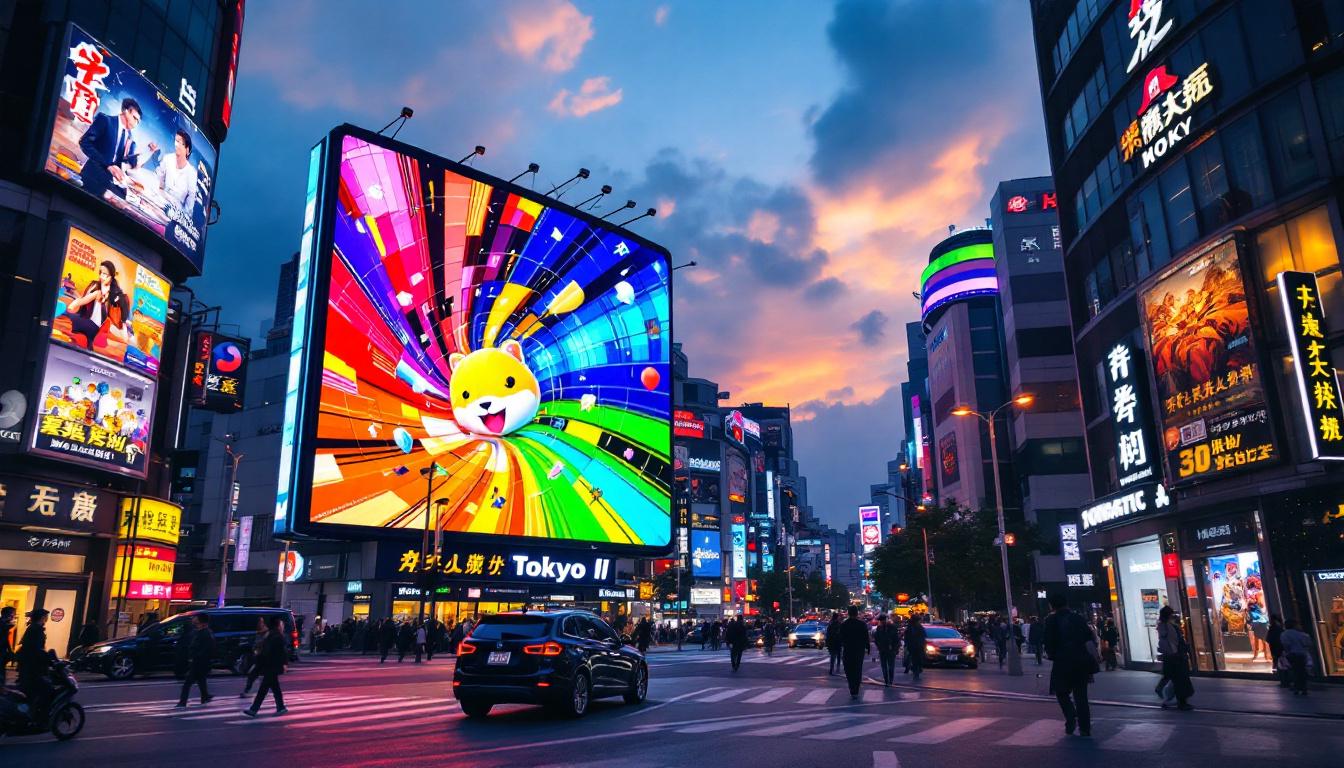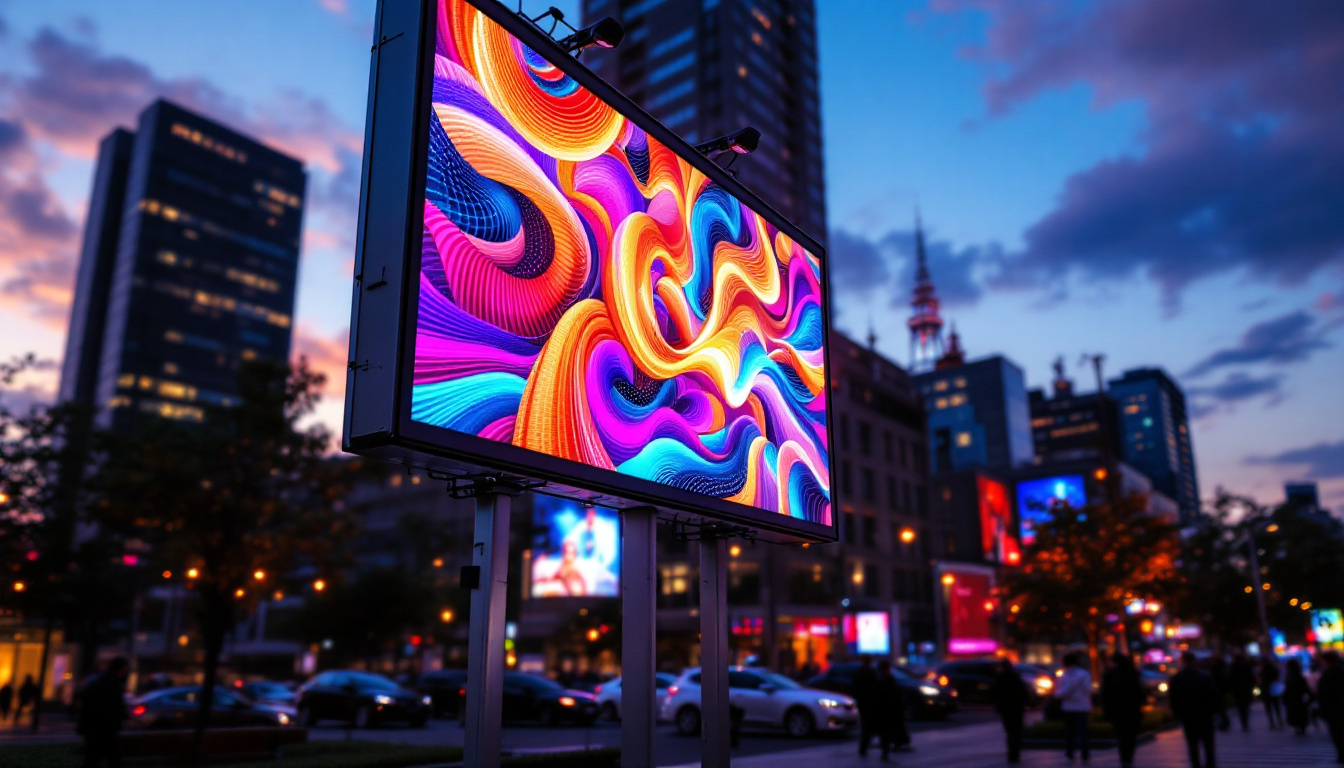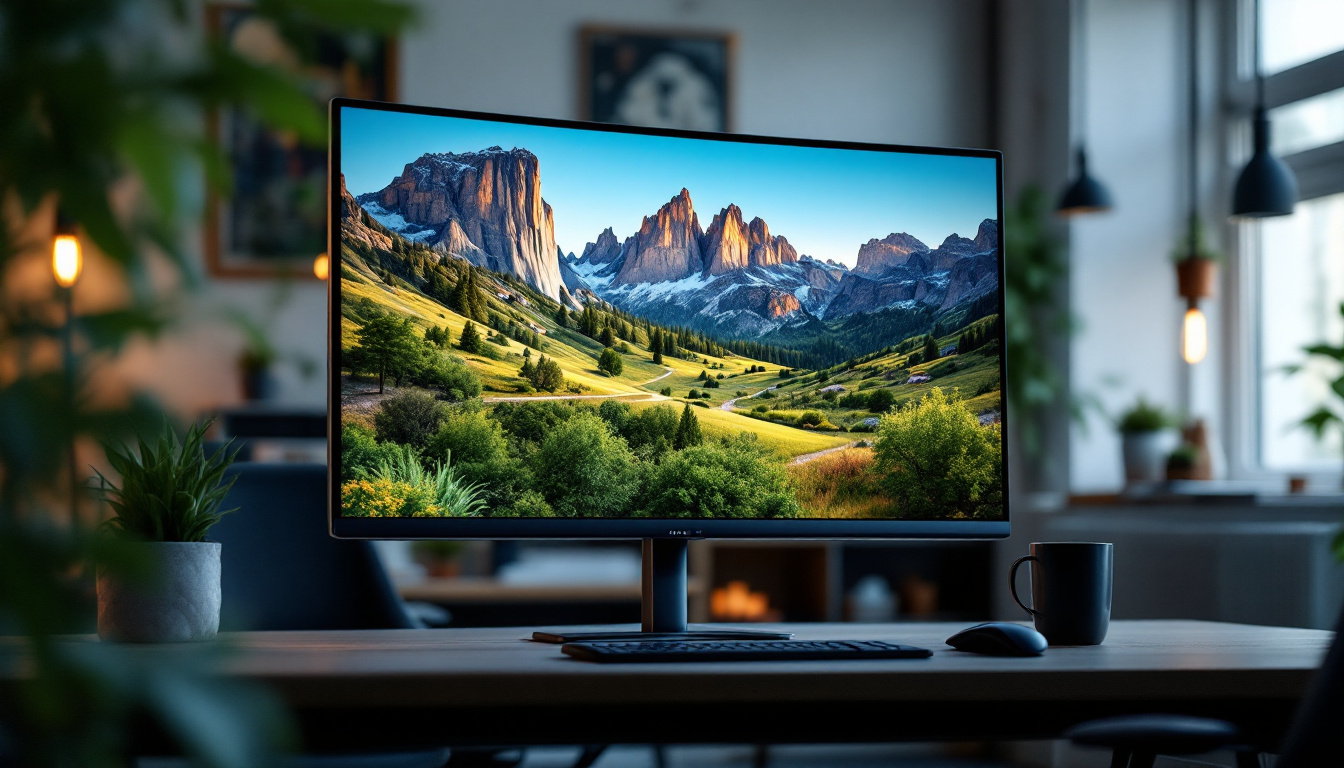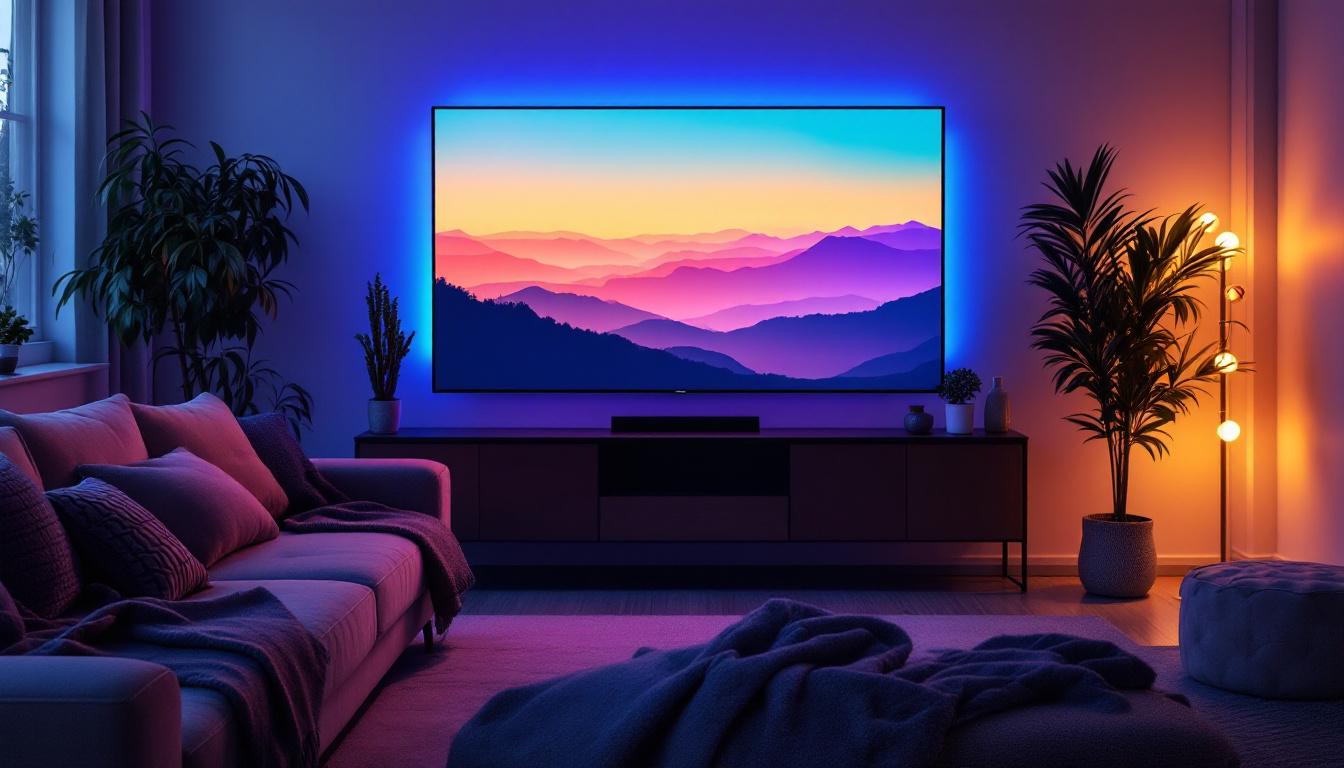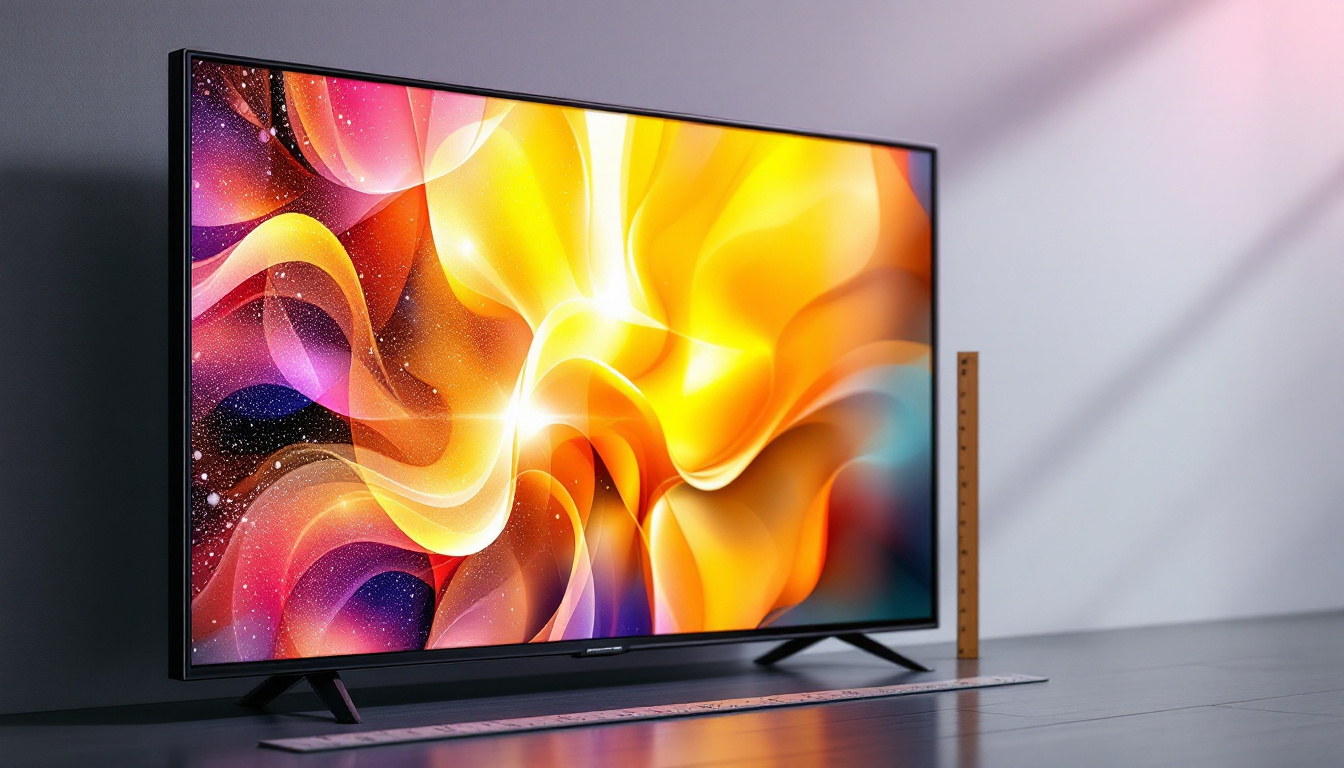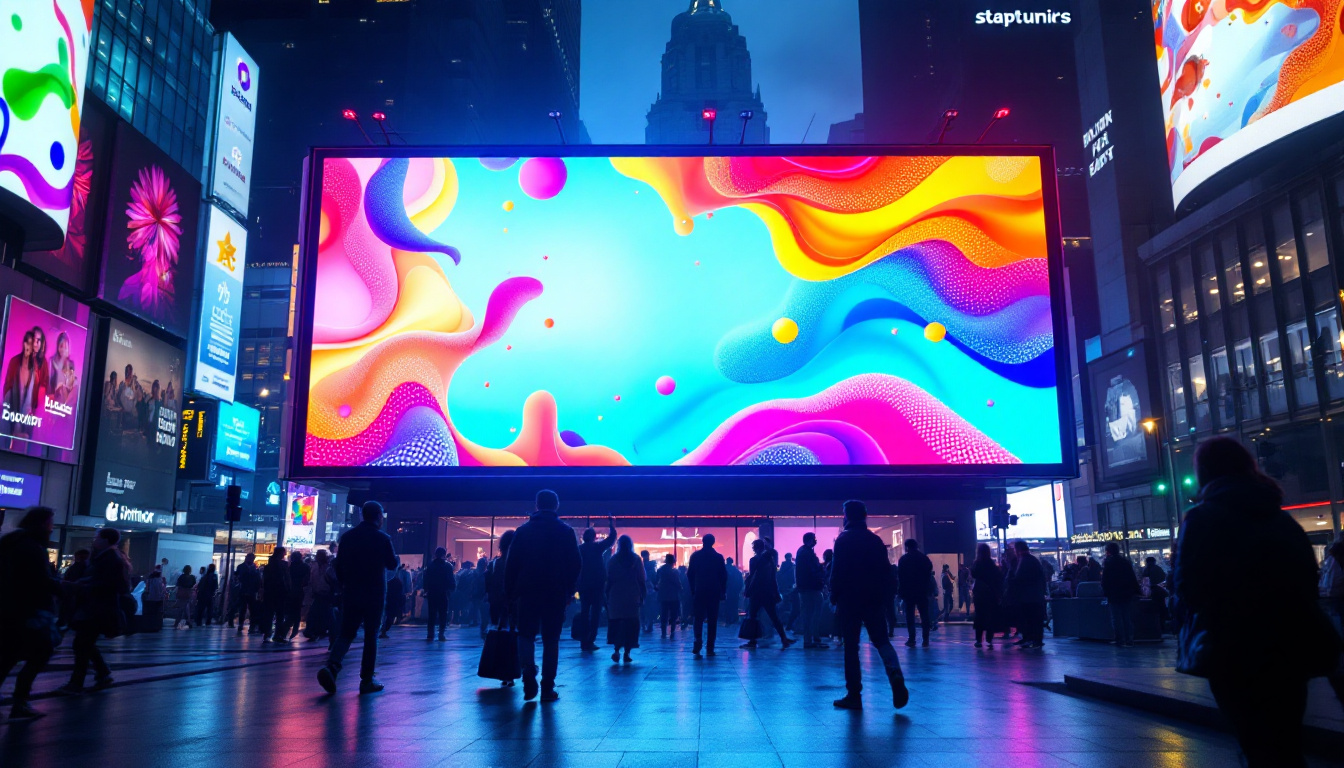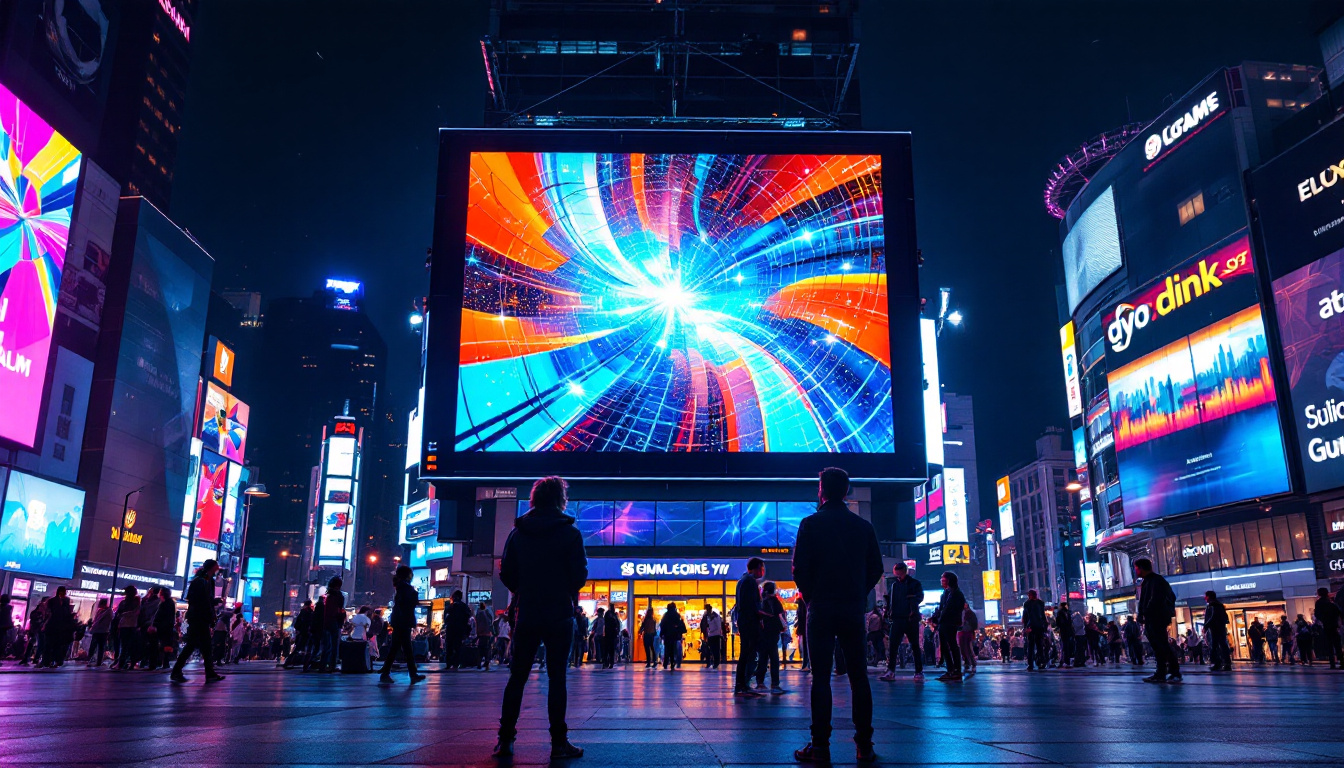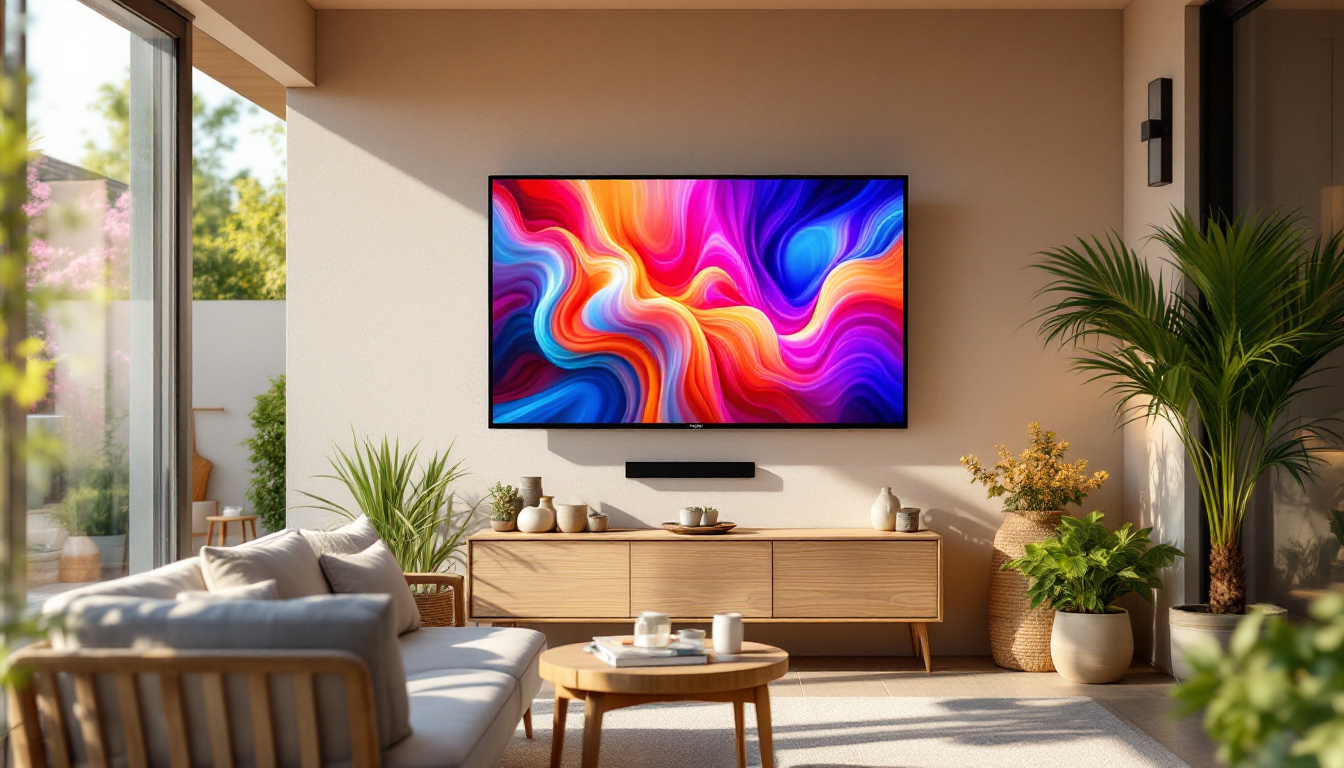Video Wall TV Mounts: LED Display Explained
In today’s fast-paced digital world, video walls have become a prominent feature in various settings, from corporate environments to entertainment venues. These large-scale displays, often composed of multiple screens, provide an immersive visual experience that captures attention and conveys information effectively. This article delves into the intricacies of video wall TV mounts and the technology behind LED displays, offering insights into their functionality, installation, and benefits.
Understanding Video Walls
Video walls are essentially large displays made up of multiple smaller screens or panels that work together to create a single, cohesive image or video. They are commonly used in settings such as airports, shopping malls, conference rooms, and sports arenas. The seamless integration of multiple screens allows for a larger viewing area and more dynamic content delivery. The versatility of video walls means they can be tailored to fit various environments, from vibrant advertising displays to informative presentations in corporate settings. As technology advances, the potential applications for video walls continue to expand, making them a staple in modern visual communication.
The Technology Behind Video Walls
At the heart of any video wall is the technology that powers it. Most modern video walls utilize LED (Light Emitting Diode) technology, which offers several advantages over traditional display methods. LED displays are known for their brightness, energy efficiency, and longevity. They can produce vibrant colors and high contrast ratios, making them ideal for environments with varying lighting conditions. This adaptability is particularly beneficial in locations like airports, where natural light can fluctuate throughout the day, and the need for visibility is paramount.
LED technology also allows for thinner panels, which is crucial for creating a seamless look in video walls. The bezels, or borders, of the panels are minimized to reduce the visual interruption between screens, resulting in a more immersive viewing experience. Additionally, advancements in processing technology enable real-time content management and dynamic scaling, allowing operators to display multiple sources of content simultaneously, from live feeds to pre-recorded videos, enhancing the overall impact of the display.
Types of Video Wall Displays
Video walls can be constructed using different types of display technologies, each with its own set of advantages. The most common types include:
- LCD (Liquid Crystal Display): These panels are widely used due to their affordability and availability. They offer good image quality and are suitable for a variety of applications. LCD video walls are particularly effective in indoor environments, where their color accuracy and resolution can be fully appreciated.
- LED (Light Emitting Diode): As mentioned earlier, LED panels provide superior brightness and color accuracy, making them ideal for outdoor settings and environments with high ambient light. Their durability also makes them a favorite for events and installations that require robust performance under varying conditions.
- OLED (Organic Light Emitting Diode): OLED technology offers exceptional color depth and contrast ratios, but it is typically more expensive. These panels are often used in high-end applications where image quality is paramount. The self-emissive nature of OLED means that each pixel can turn on and off independently, allowing for true blacks and a wider color gamut, which is especially appealing for artistic displays and high-resolution video content.
In addition to these primary types, there are also hybrid solutions that combine different technologies to leverage the strengths of each. For instance, some installations may use a combination of LCD and LED panels to create a video wall that can adapt to both indoor and outdoor environments. This flexibility not only enhances the visual experience but also allows for a broader range of creative applications, from interactive installations to immersive environments that engage viewers in unique ways.
The Role of TV Mounts in Video Walls
TV mounts play a critical role in the installation and functionality of video walls. A sturdy and reliable mount ensures that each panel is securely positioned and aligned, which is essential for creating a seamless visual experience. There are various types of mounts available, each designed to cater to different installation needs and environments.
Types of Video Wall Mounts
When it comes to mounting video wall displays, several options are available, including:
- Fixed Mounts: These mounts hold the panels in a fixed position, making them ideal for environments where the display does not need to be adjusted frequently. Fixed mounts provide a clean and professional look.
- Tilt Mounts: Tilt mounts allow for slight adjustments in the angle of the display. This is particularly useful in settings where viewers may be positioned at different heights, ensuring optimal visibility for everyone.
- Full-Motion Mounts: These mounts offer the greatest flexibility, allowing for adjustments in multiple directions. They are ideal for interactive displays or environments where the viewing angle may change frequently.
Key Considerations for Choosing Video Wall Mounts
Selecting the right mount for a video wall involves several considerations:
- Weight Capacity: Ensure that the mount can support the combined weight of all the panels in the video wall.
- VESA Compatibility: Check that the mount is compatible with the VESA (Video Electronics Standards Association) mounting patterns of the displays.
- Installation Environment: Consider the location and environment where the video wall will be installed, as this will influence the type of mount required.
Installation Process of Video Walls
The installation of a video wall requires careful planning and execution to ensure that the final product meets the desired specifications. The process typically involves several key steps, from site assessment to final adjustments.
Site Assessment and Planning
Before installation begins, a thorough site assessment is essential. This involves evaluating the space where the video wall will be located, considering factors such as lighting, viewing distance, and wall structure. Understanding these elements will help determine the size and configuration of the video wall.
During the planning phase, it is also crucial to consider the content that will be displayed. This includes determining the types of media to be shown and how they will be managed and controlled.
Mounting and Calibration
Once planning is complete, the mounting process can begin. This involves securely attaching the mounts to the wall and ensuring they are level and aligned. After the panels are mounted, calibration is necessary to ensure that the colors and brightness levels are consistent across all screens.
Calibration may involve adjusting settings on each individual panel, as well as configuring the video wall controller, which manages the content displayed across the screens. This step is crucial for achieving a seamless visual experience.
Benefits of Video Walls
Video walls offer numerous benefits that make them an attractive option for various applications. From enhancing communication to creating immersive experiences, the advantages are significant.
Enhanced Visibility and Engagement
One of the primary benefits of video walls is their ability to capture attention. The large, vibrant displays are hard to ignore, making them effective for advertising, presentations, and information dissemination. In retail environments, video walls can showcase products and promotions in an eye-catching manner, driving customer engagement.
In corporate settings, video walls can facilitate communication during meetings and presentations. The ability to display large amounts of information clearly allows for better collaboration and understanding among team members.
Versatility and Customization
Video walls are highly versatile and can be customized to fit various needs. They can be configured in different shapes and sizes, allowing businesses to create unique displays that align with their branding and messaging. Additionally, content can be easily updated or changed, ensuring that the display remains relevant and engaging over time.
Whether used for advertising, entertainment, or information sharing, video walls can adapt to suit the specific requirements of any environment.
Challenges and Considerations
While video walls offer numerous advantages, there are also challenges and considerations that must be addressed. Understanding these factors is essential for successful implementation.
Cost Considerations
The initial investment for a video wall can be significant, especially when considering the cost of the displays, mounts, and installation. Businesses must weigh the potential return on investment against the upfront costs. However, the long-term benefits often justify the expense, particularly in high-traffic environments.
Maintenance and Support
Regular maintenance is crucial to ensure the longevity and performance of video walls. This includes routine checks on the displays, mounts, and content management systems. Having a reliable support system in place can help address any issues that arise promptly, minimizing downtime and ensuring that the video wall remains operational.
Future Trends in Video Wall Technology
The technology behind video walls is continually evolving, with new advancements emerging regularly. Staying informed about these trends can help businesses leverage the latest innovations to enhance their displays.
Advancements in Display Technology
As technology progresses, display quality continues to improve. Future video walls may incorporate higher resolution displays, such as 8K technology, providing even more detail and clarity. Additionally, advancements in OLED technology may lead to more affordable options, making high-quality displays accessible to a broader range of businesses.
Integration with Interactive Technologies
As interactivity becomes increasingly important in digital displays, video walls are likely to integrate more seamlessly with touch and gesture-based technologies. This could enhance user engagement, allowing viewers to interact with the content in real-time, creating a more dynamic experience.
Conclusion
Video walls represent a powerful tool for communication and engagement in various settings. With their ability to deliver stunning visuals and dynamic content, they have become an essential component in modern digital experiences. Understanding the technology behind video walls, the role of mounts, and the benefits they offer can help businesses make informed decisions when considering their implementation.
As technology continues to advance, the potential for video walls will only grow, making them an investment worth considering for any organization looking to enhance its visual communication strategy.
Discover LumenMatrix’s Innovative LED Display Solutions
Ready to elevate your visual communication strategy with a video wall that delivers stunning visuals and dynamic content? Look no further than LumenMatrix, a leader in LED display technology. Our extensive range of solutions, including Indoor and Outdoor LED Wall Displays, Vehicle LED Displays, and more, are designed to captivate audiences and enhance brand visibility. Embrace the future of digital signage with LumenMatrix and create captivating visual experiences that leave a lasting impression. Check out LumenMatrix LED Display Solutions today and transform the way you share your message.

